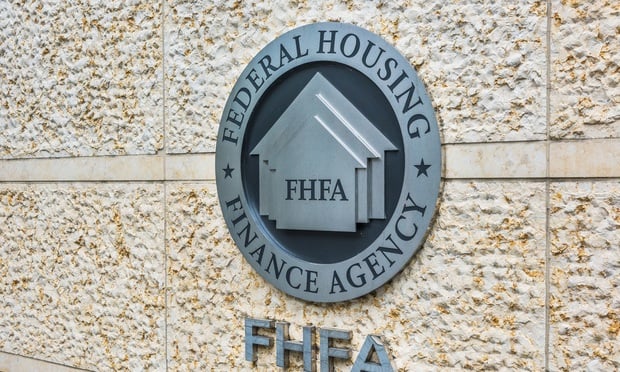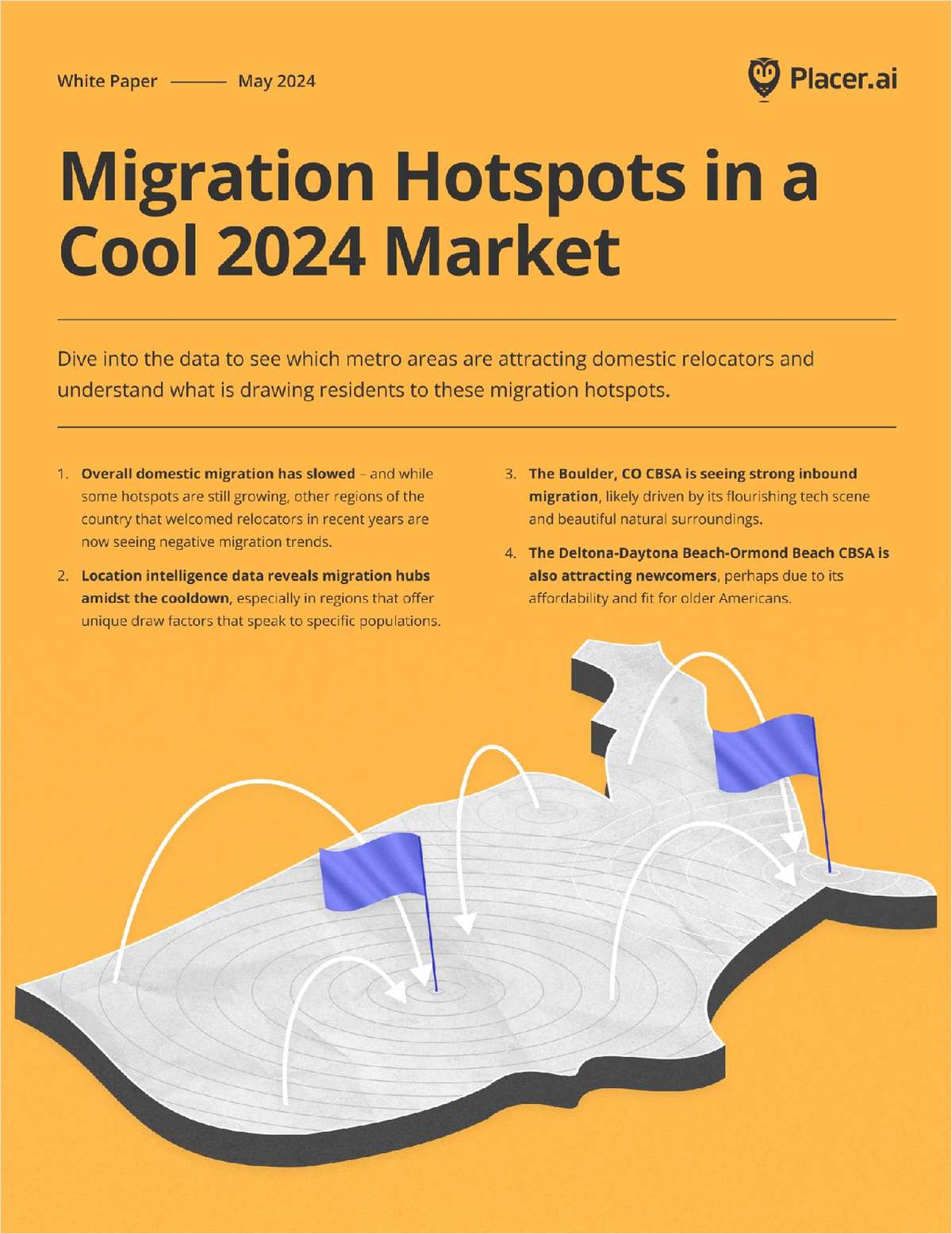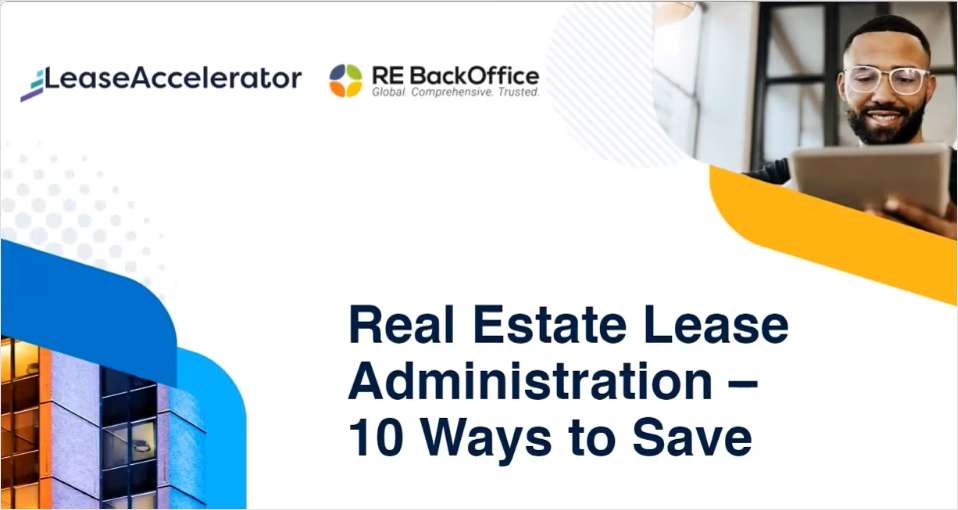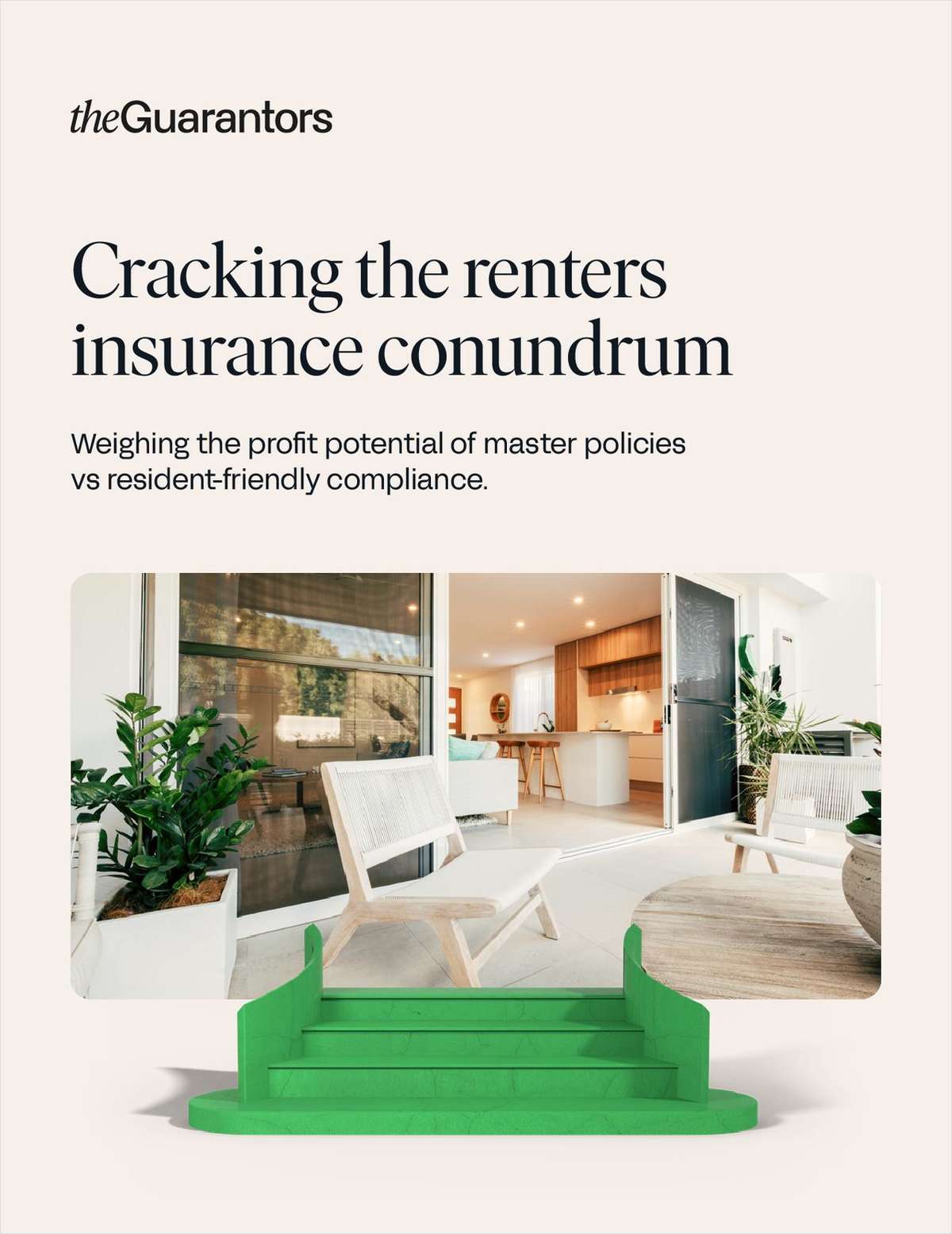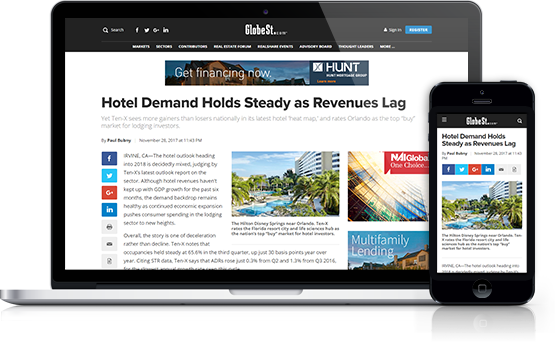It's a repeat of the early 1990s, concur three veteran DFWexecutives whose expertise lies in the office leasing anddevelopment arena. The DFW is pushing eight million sf of subleasespace across the board and another 350,000 sf reportedly is comingto market in the hard-hit, high-tech Telecom Corridor, Jim Lob,Grubb & Ellis senior vice president, tells GlobeSt.com. Just inQ3, 1.22 million sf was added to the sublease roster. Meanwhile,there's another 39.2 million sf vacant from one end of themetroplex to the other.
The preliminary Q3 tabulations brought some surprises for theveteran Lob. "I did not think we would see significant adjustmentin class A," he says, reporting rent drops and vacancy hikes acrossthe entire metroplex.
It's been a rough year nationwide in the office market, withmost brokers simply adjusting the best they can to dramaticallychanging conditions. Lob's research department says brace for atleast another hard six months. And unless construction tapers off,it's sure to remain a tenant's market for at least anotheryear.
Continue Reading for Free
Register and gain access to:
- Breaking commercial real estate news and analysis, on-site and via our newsletters and custom alerts
- Educational webcasts, white papers, and ebooks from industry thought leaders
- Critical coverage of the property casualty insurance and financial advisory markets on our other ALM sites, PropertyCasualty360 and ThinkAdvisor
*May exclude premium content
Already have an account?
Sign In Now
© 2024 ALM Global, LLC, All Rights Reserved. Request academic re-use from www.copyright.com. All other uses, submit a request to [email protected]. For more information visit Asset & Logo Licensing.



